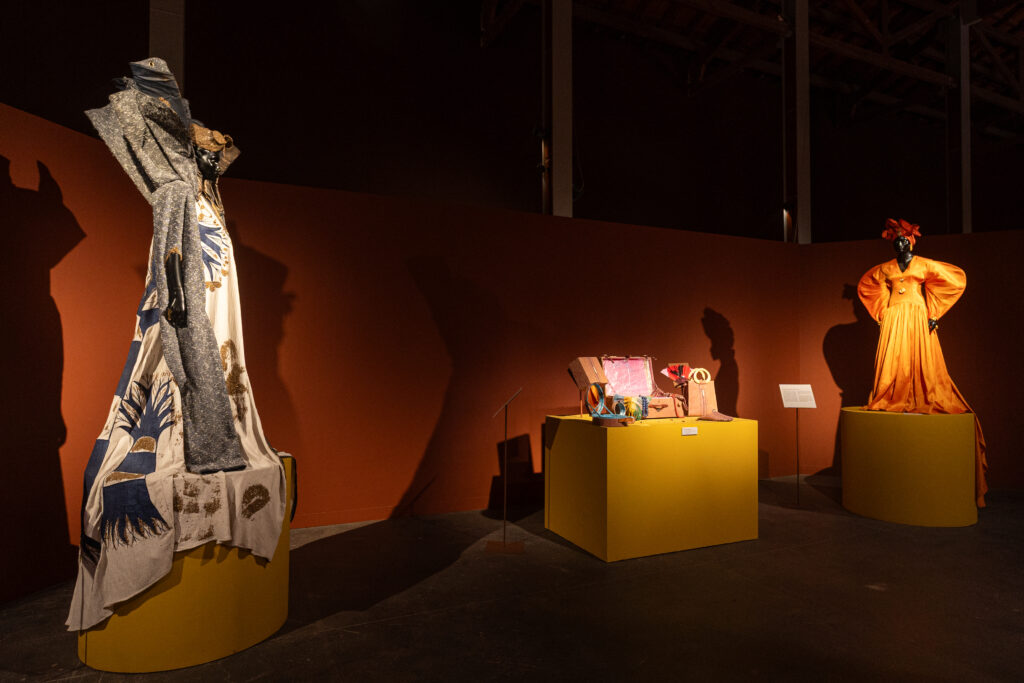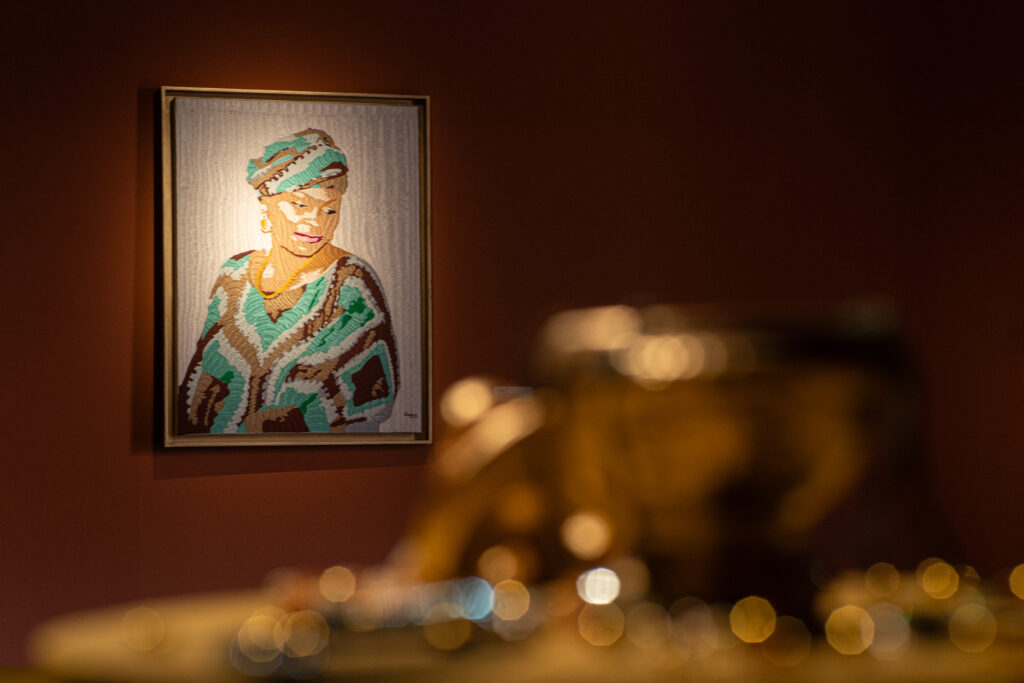
In Senegal, particularly in the lively streets of Dakar, there is a woman whose presence commands respect and admiration. She is the “Drianké“. More than a symbol of beauty, she embodies wisdom, resilience, and leadership. Her influence stretches far beyond her carefully curated attire and radiant presence; she is the weaver of traditions, the keeper of history, and the quiet architect of societal norms.
The Rise of the Drianké
During colonial times, the title “Drianké” was not bestowed lightly. It is an honor earned through poise, intelligence, and an unshakable sense of identity. Historically, these women emerged as key figures in Senegalese society, adept at navigating power structures through charm, strategy, and cultural acumen. They commanded attention in royal courts and marketplaces alike, setting trends in fashion and influencing policy through their relationships with decision-makers.
The etymology of “Drianké” speaks volumes about their role in history. The word “diri” in Wolof means “to hang” or “to follow,” while “Yankee” refers to American and foreign troops. This unique combination reflects their historical ties to global influences, their ability to adapt, and their rise to prominence as intermediaries between cultures. They were not merely courtesans or seductresses; they were strategists who leveraged their knowledge and connections to gain wealth, status, and a voice in governance.
Beauty as Power, Leadership as Influence
In Senegalese culture, beauty is not superficial—it is a language of power. The Drianké understands that her appearance is an extension of her authority. Her elaborate boubous, layered gold jewelry, and perfectly tied headscarves are more than fashion statements; they are symbols of prestige, a visual narrative of her influence.
But beauty alone is not enough. The true essence of the Drianké lies in her ability to command respect without raising her voice, to guide without overtly leading, and to inspire through example. She imparts wisdom in hushed conversations over cups of attaya, she bridges generational gaps, and she upholds traditions while embracing modernity.
Today, the Drianké’s leadership is evident in various forms. She is the entrepreneur shaping Senegal’s booming fashion industry, the activist advocating for women’s rights, the storyteller preserving oral histories, and the diplomat bridging cultures. While she may not always hold political office, her influence is undeniable, shaping laws of seduction, social etiquette, and even economic trends.
Exploring the Drianké Through Art: A Groundbreaking Exhibition

This legacy is now being explored in a groundbreaking exhibition, Diggante Taar Ak Kiliftéef, Poetics of a Social Mesh: The Drianké, held at the Institut Français du Sénégal from March 7 to May 31, 2025. Curated by Ken Aïcha Sy, this exhibition is a profound journey into the cultural and social influence of the Drianké, bridging the past and present through art, fashion, and multimedia storytelling.
Ken Aïcha Sy, known for her dedication to preserving and reinterpreting Senegalese heritage, envisions this exhibition as an evolving dialogue rather than a static showcase. Through a carefully curated selection of works, she aims to dissect the role of the Drianké—not just as a historical figure, but as a living force shaping contemporary society.
Visitors to Galerie Le Manège will witness striking imagery, immersive installations, and thought-provoking artworks by renowned artists such as Pierre-Antoine Vetorello, Oumou Sy, Maguette Gueye, Maison Kébé, Cheikha, Zoritza Beye, and Naett Mbaye. Each piece reinterprets the Drianké’s role, from her aesthetic impact to her unseen yet powerful leadership in shaping Senegalese society.
The Artists and Their Installations

- Pierre-Antoine Vetorello presents a textile-based installation that explores the language of fashion, showcasing how the garments of the Drianké serve as markers of status and identity. His work examines the evolution of traditional attire and its influence on modern fashion trends.

- Oumou Sy, Senegal’s most celebrated fashion designer, reconstructs the grandeur of the Drianké through an avant-garde clothing collection. She reinterprets classic boubous with contemporary elements, demonstrating how historical fashion continues to shape Senegalese aesthetics today.
- Maguette Gueye’s photographic series captures modern-day Driankés in their daily environments, juxtaposing images of market women, business leaders, and matriarchs. Her work seeks to highlight the continuity of power and influence across generations.
- Maison Kébé presents a mixed-media installation that blends historical artifacts with modern artistic techniques, creating a dialogue between past and present. By incorporating traditional jewelry, fabrics, and oral storytelling recordings, Kébé’s work breathes life into ancestral wisdom.
- Naett Mbaye, a leading voice in contemporary Senegalese art, delves into the unseen yet deeply felt presence of the Drianké in activism and social change. Her video installation captures women across different spheres—politics, arts, and grassroots movements—showcasing their leadership in modern Senegal.

Each of these pieces prompts critical reflection on the evolving role of the Drianké:
- What does leadership look like for women in Senegal today?
- How has the Drianké’s role evolved amid social and economic changes?
- In a digital age, how is cultural transmission sustained and reshaped?
Marking the 20th anniversary of Galerie Le Manège, the opening event will feature a performance by Maua Ya Jua and students from EIAD, followed by a communal ndogou (breaking fast), symbolizing the deep themes of heritage and shared experience.
A Celebration of Heritage and Transformation
From the bustling streets of Dakar to the grand exhibitions that honor her legacy, the Drianké remains an indelible figure in Senegalese culture. She teaches us that leadership is not always loud, that power can be wielded with grace, and that beauty, when paired with wisdom, becomes an unshakable force.
To understand the Drianké is to understand the delicate dance between tradition and transformation, between allure and authority. She is not just a woman of the past—she is the blueprint for the future.


Step into her world. Experience the Drianké.





